“Houston, we’ve had a problem"
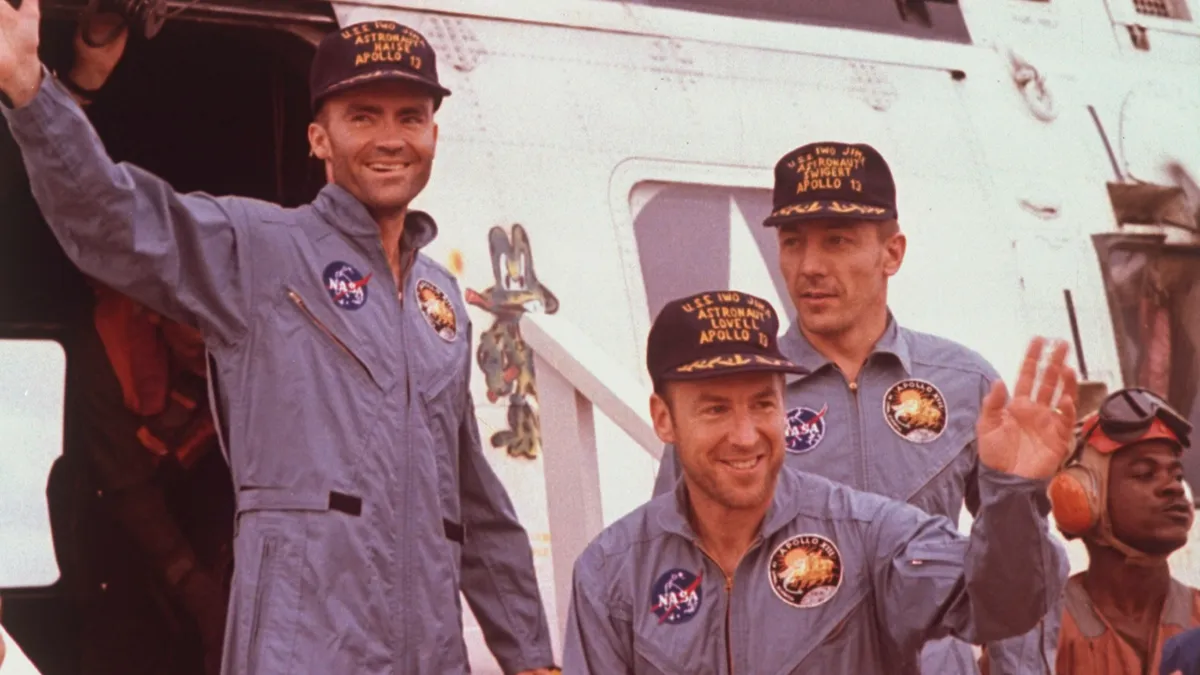
11-17 April 1970
The number 13 is unlucky for some, but for the crew ofApollo 13their dream journey to the Moon became a nightmare when an oxygen tank on board exploded. The Moon instantly changed from landing site to U-turn point.
The Apollo spacecraft needed to slingshot around our closest celestial bodyin an effort to speed up and saving enough fuel to return home. It was only due to the crew of Fred W. Haise, Jr, John L. Swigert, Jr and James A. Lovell, Jr. keeping cool heads (in temperatures of only 4°C) and saving as much water and energy as possible that they were able to survive. The crew happily returned on the 17April, after six days of nail-biting tension as the world stood still, hoping for the safe return of the crew.
“Byte into an Apple” – a $666.66 one
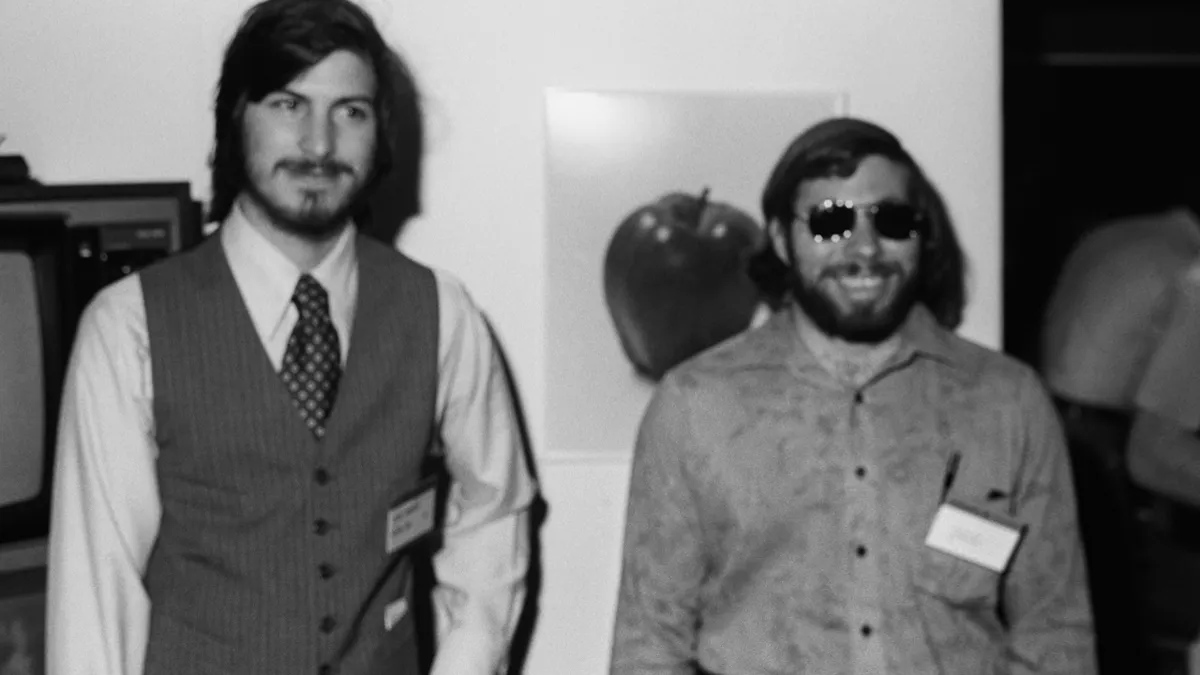
11 April 1976
Developer Steve Wozniak and his friend Steve Jobs had an idea to make money from selling fruit, but not the kind you’d get at a greengrocers. TheApple Iwas released on 11 April, 1976 costing a tasty $666.66. Just one year later its successor, theApple II, lured people back into the shops again for anotherbyte.
Yuri Gagarin’s flying visit into outer space
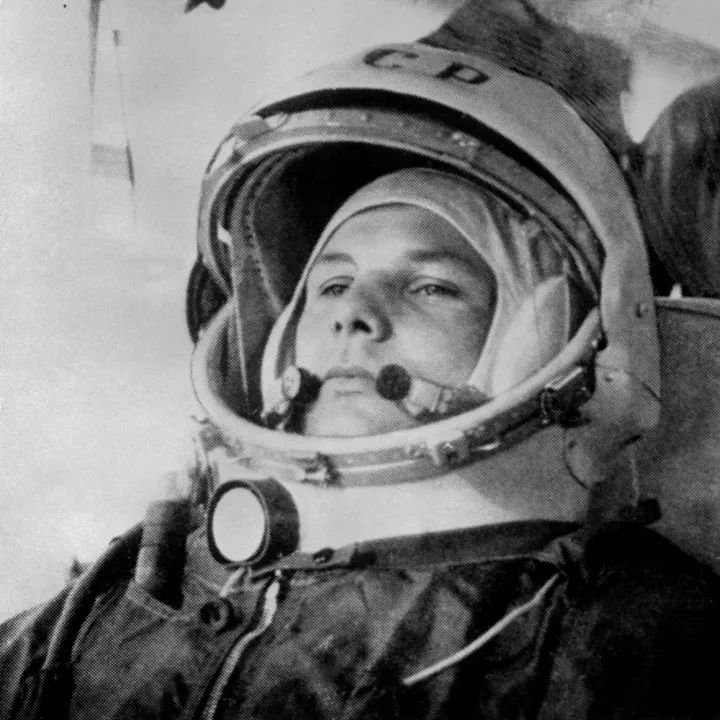
12 April 1961
It took just 108 minutes for the Vostok 1 spacecraft to rocket Russian cosmonaut Yuri Gagarin into orbit and back again, making him thefirst humaninto outer space .
Watt an inventive family

Born: 13 April 1892
Sir Robert Watson-Watt, a descendent of the famous engineer James Watt, continued the ‘family tradition’ of building ground-breaking inventions by developing radar. His work helped the British military during the Second World War.
A new era of spaceflight begins
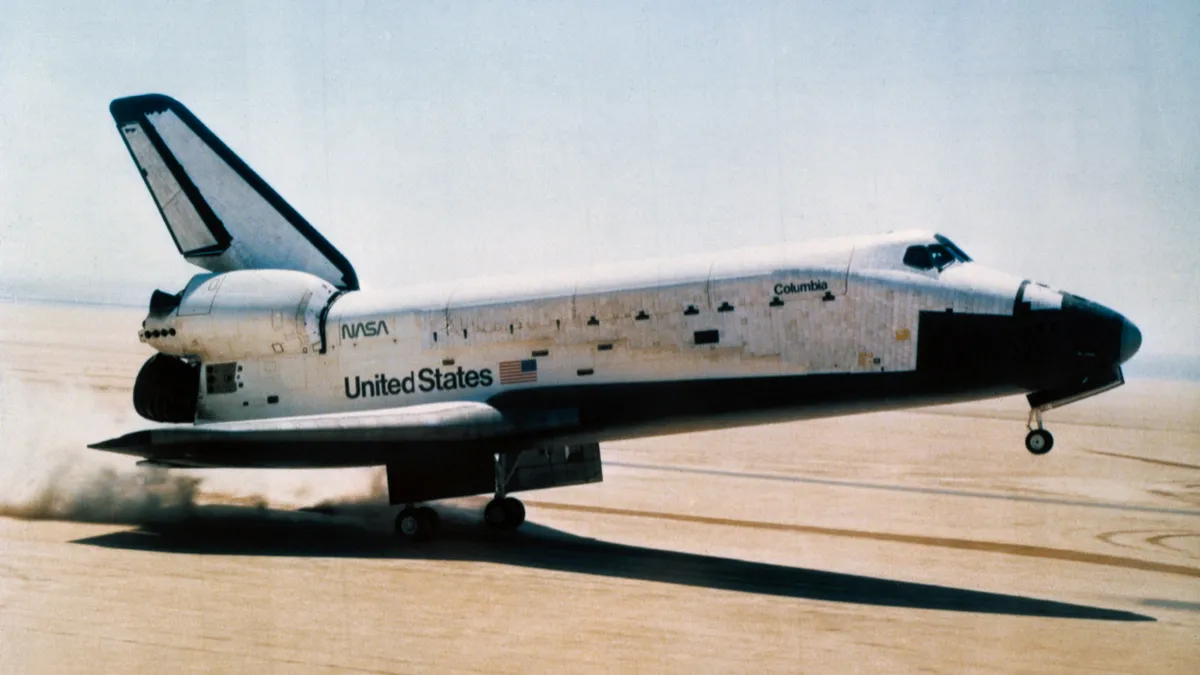
14 April 1981
More than 200,000 people flocked toEdwards Air Force Base in southern California to watch the landing of the Space Shuttle Colombia, the first vehicle to return from space and land safely on dry land. This incredible achievement marked the beginning of a new era in spaceflight, where hardware would be used repeatedly on a number of missions.
Heavy rain

14 April 1986
In a storm of near-biblical proportions, the heaviest hailstones ever recorded fell in Bangladesh on 14 April 1986, killing 92 people. The biggest colossus of them weighed 1.02kg!
Christiaan Huygens – a titan among astronomers
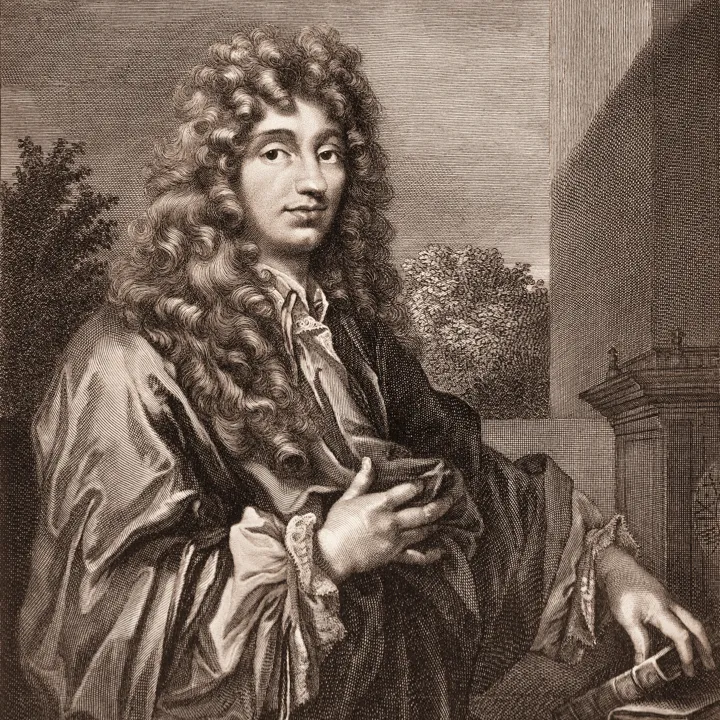
Born: 14 April 1629
If you want your name on a moon lander, an asteroid, a Martian crater and a mountain on the Moon, you have to have channel your inner Christiaan Huygens, who was born nearly 400 years ago this week. He is mainly known for his discovery of the moon Titan and observingSaturn’srings.
A genius sees the light of day

Born: 15 April 1452
Leonardo da Vinci achieved more during his lifetime than painting the mysterious smile of theMona LisaorThe Last Supper -the Italian was an all-roundgenius, who studied almost every discipline of science. He examined the humananatomy, invented a parachute, developed musical instruments and much more.
The hallucinating effects of LSD discovered by accident.
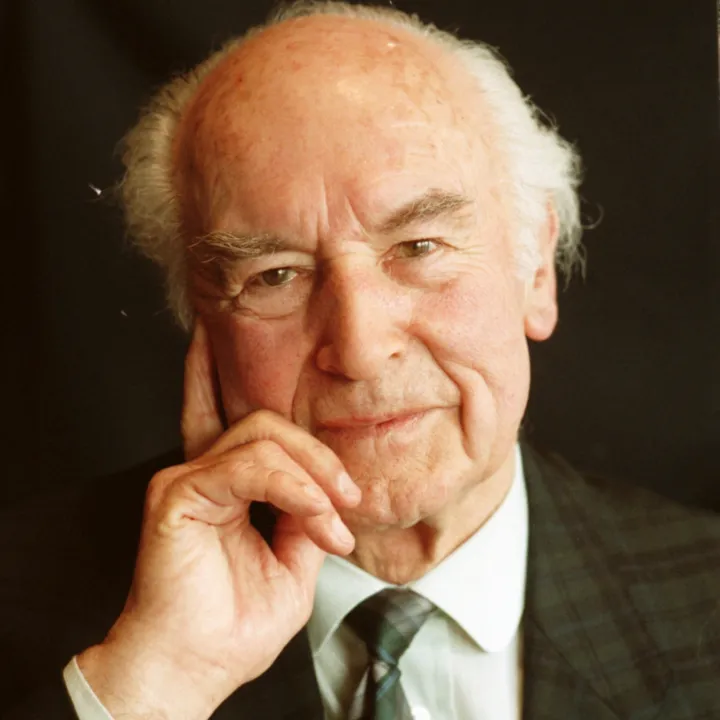
16 April 1943
Swiss chemist Albert Hofmann was testing synthesisedlysergic acid diethylamide’s pharmaceutical properties in his lab when he accidentally touched his mouth with fingers covered in the chemical, becoming the first person to experience the hallucinogenic effects of thedrugLSD.
The woman who used X-Ray to photo DNA
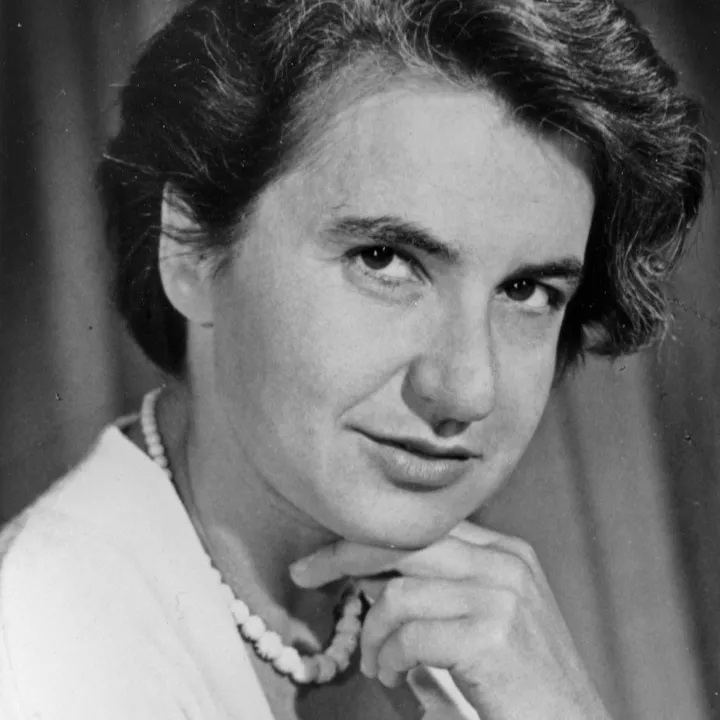
Died: 16April 1958
Rosalind Franklin may only have lived to the age of 37, but in that time she made major contributions to the discovery of theDNAand its double helix structure. Sadly she would never join her colleagues receiving the Nobel Prize for her research, being awarded to colleaguesFrancis Crick, James Watson, and Maurice Wilkinsfour years after her death from ovarian cancer, but she remains an iconic female figure in the world of science.
England’s ‘green heart’ becomes the first national park
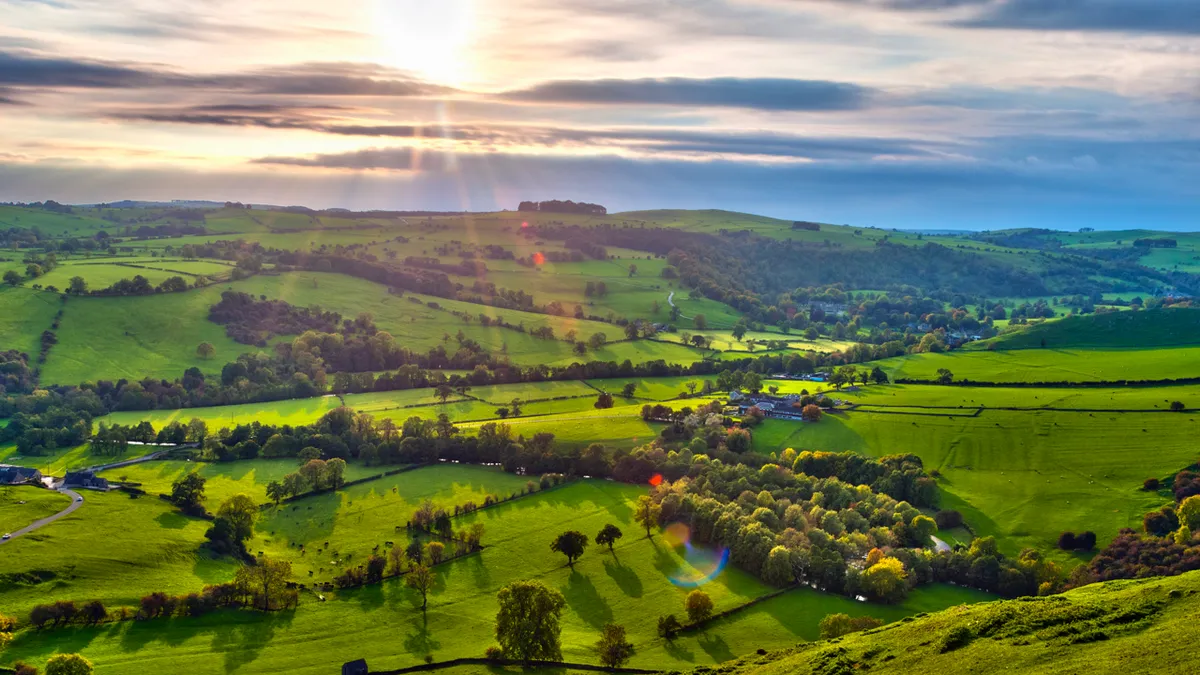
17April 1951
The beauty of the Peak District’s nature inspired writers like Lord Byron, D.H. Lawrence and Jane Austen long before it was officially acknowledged in 1951, when the district became Britain’s first national park. Today, an amazing 10 million people explore the park every year!
Follow Science Focus onTwitter,Facebook, Instagramand Flipboard